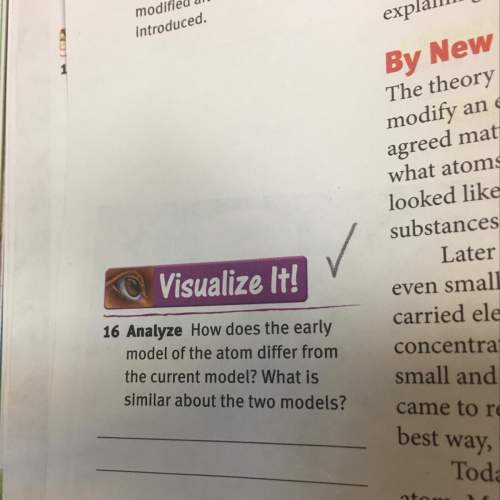
A 0.01 m^3 cylinder containing nitrogen gas initially at a pressure of 200 bar and 250K is connected to another cylinder 0.005m^3 in volume, which is initially evacuated. A valve between the two cylinders is opened until the pressures in the cylinders equalize.
Find the final temperature and pressure in each cylinder if there is no heat flow into or out of the cylinder. You may assume that there is no heat transfer between the gas and the cylinder walls and that the gas is ideal with a constant pressure heat capacity of 30 J/mol-K.

Answers: 2
Other questions on the subject: Chemistry

Chemistry, 22.06.2019 08:30, ebigham5117
If i initially have a gas at a pressure of 12 atm, a volume of 23 liters, and a temperature of 200 k, and then i raise the pressure to 14 atm and increase the temperature to 300 k, what is the new volume of the gas?
Answers: 2

Chemistry, 22.06.2019 14:30, villarrealc1987
In water, a strong acid will break down into its component parts. a. completely b. partly c. never in water, a weak base will break down into its component parts. a. completely b. partly c. never
Answers: 2

Do you know the correct answer?
A 0.01 m^3 cylinder containing nitrogen gas initially at a pressure of 200 bar and 250K is connected...
Questions in other subjects:



Mathematics, 28.04.2021 14:00


Advanced Placement (AP), 28.04.2021 14:00


Spanish, 28.04.2021 14:00

Mathematics, 28.04.2021 14:00


Arts, 28.04.2021 14:00







